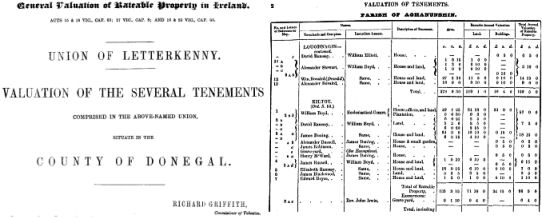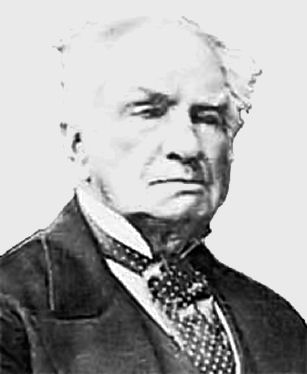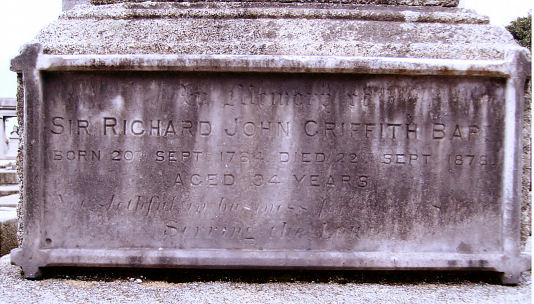1857 Griffith's Valuation of Co Donegal
This page was compiled by Lindel and forms part of the Donegal Genealogy Resources Website
You may link to this page but not copy it
The Valuation :
This valuation records every landowner and householder in Ireland in a period shortly after the famine. An Act was passed in 1826 allowed for a uniform valuation of property in all Ireland for levying of county charges and grand Jury Rates. Thus began an assessment of the whole country, county by county by Sir Richard Griffith. Amendments were passed to the 1826 Act, the first in 1831 excluded those houses under the annual valuation of £3, another in 1836 excluded house under £5.
The information given in the Griffith's gives: the Townlands address and householders name; the name of the person from whom the property is leased; a description of the property; the acreage and the valuation. If a surname was common in an area then the surveyors adopted the practice of indicating the fathers name to show the difference between two people of the same Christian name and surname (usually). So Tadgh O'Brien (Michael) is the son of Michael O'Brien and Tadgh O'Brien (James) is the son of James O'Brien. However, here in Ireland people of the same name could/can be distinguished simply by indicating the colour of their hair (as gaeilge - thru Irish ) so it would have been sufficient here to indicate that one Tadgh had red hair and one Tadgh black - calling them respectively Tadgh (Red) O'Brien and Tadgh (Black) O'Brien.
The main difference between the Tithe Applotment Books and the Griffith's Valuation is that all householders were listed in Griffith's.
Remember the different types of acres used in each, the Irish and English acre...this will account for difference in size of land held by a family from one valuation to the other if they appear in both. Remember also the fact that the house of less than £3 annual value were included up to the year 1831 and excluded from that point forward, and those with an annual value of £5 were included up to 1836 and excluded from then on. (Jane O'Brien)
The Man :
The man behind the mammoth task of compiling the maps and valuations was Richard John Griffith, who was appointed Commissioner for the General Survey and Valuation of Rateable Property in Ireland in 1827, following the Valuation Act of 1826, an Act which he was involved in drafting.
He held that position for the following 41 years, during which time, in 1858, he was created a Baronet, in recognition of his contribution to public service. Sir Richard died in 1878 aged 94 - he was the oldest surviving fellow of the Geological Society of London and the last survivor of the long-since disbanded Royal Irish Regiment of Artillery. He is buried in the Mount Jerome Cemetery, Harold's Cross, Dublin, next to his wife, Maria Jane Waldie, who he had married in 1812 and had 4 children with.
Sir Richard John Griffith, Bart
1784 ~ 1878
In Memory of
SIR RICHARD JOHN GRIFFITH BART
BORN 20th SEPT 1784 DIED 22nd SEPT 1878
AGED 94 YEARS
Not slothful in business ~ Fervent in Spirit
Serving the Lord(Photograph & inscription submitted by Hugh)
His grave & headstone
Mount Jerome Cemetery & Crematorium
Harold's Cross, Dublin
Further reading :
Sir Richard Griffith - Ask About Ireland Website
Sir Richard Griffith, 1st Baronet - Wikipedia
Geological and Mining Report on the Leinster Coal District - Richard John Griffith, Jun. Esq
The Indexes :
Notes:
For the full details of the entries, including landlords name, type of property, map references, and a corresponding map see
A special thanks Sylvia, Judy, Tom, Anne and Mike who helped me get started with these indexes
County Indexes :
Sorted by Surname - A to L (text file)
Sorted by Surname - M to End (text file)
Parish Indexes :
Mintiaghs or Barr of Inch Parish
Town Indexes :
Town of Pettigo - Peter Dolan
© 1998 Donegal Genealogy Resources




